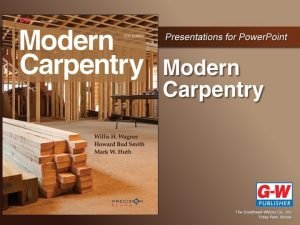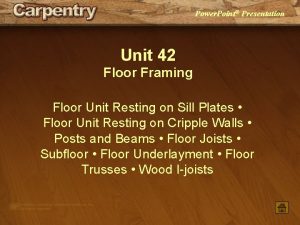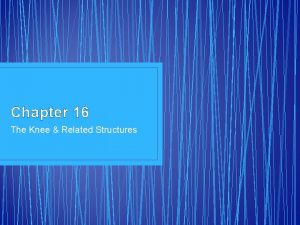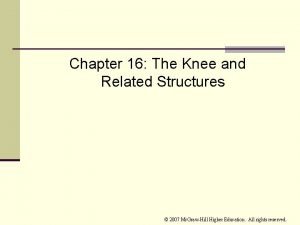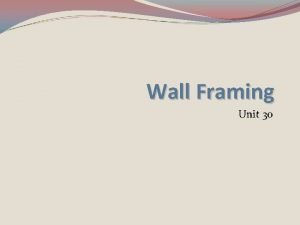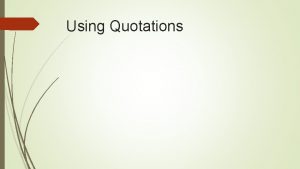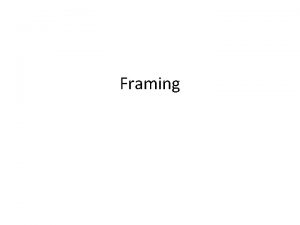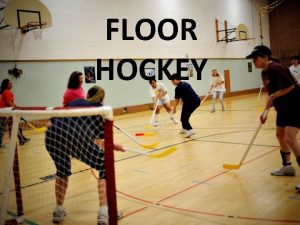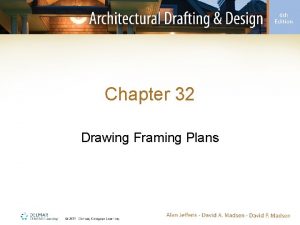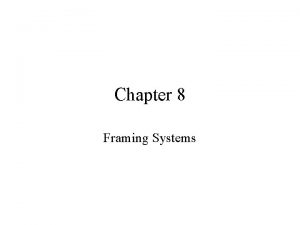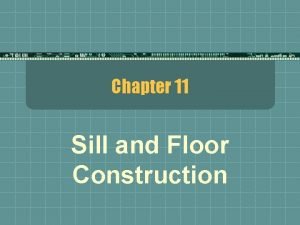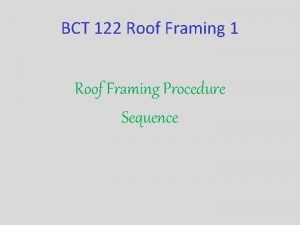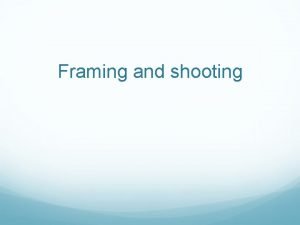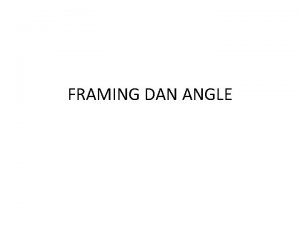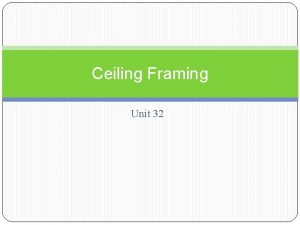Floor Framing Information related to Chapter 7 in



















- Slides: 19

Floor Framing Information related to Chapter 7 in the textbook

Floor Framing n Floor systems are based on platform framing, however for many years balloon framing was used. Platform framing: n n Allows 3 or more stories to be built from short (8’) lumber. Safe fire construction Wall height fits modular materials (4 x 8 sheathing) Uses least expensive lumber

Floor Framing n Balloon framing used from mid 1800 s to mid 1900 s. Balloon framing: n n Builds first and second story walls at once, and hangs floor on the side Allowed fire to travel quickly in walls Required good quality 16’wood Walls were typically sheathed with solid boards

Floor Framing n Components of a Platform Frame n n n Sill plate (also sill, mudsill) Girder (Beam, Builtup beam) Floor joists Bridging Sheathing (Subfloor)

Floor Framing n n Sill is bolted to the foundation, and the floor joists are nailed to the sill. The subflooring is nailed to the joists to create the deck, or platform on which the walls are built.

Floor Framing n n Sills – Pressure treated lumber that is bolted to the foundation. Anchor bolts set every 4’, 6’, or 8’ apart. Can be leveled if foundation is not level, and sealed with sealer or caulk. Girders – For floors that span more than 16’, the center of the floor typically rests on a girder. Girders are made of Steel, LVL, or built-up from solid sawn wood. The size of the girder is usually called out on the plans.

Floor Framing n Floor Joists – Selection based on 4: n n n Span – The distance between the supports Load and Deflection– 40 psf Live load, 10 psf Dead load typical for all areas except 2 nd floor bedrooms ( 30 psf LL, 10 psf DL). L/360 typical limit for deflection for floors. On-center spacing – 12, 16, 19. 2, or 24” Size of lumber - 2 x 6, 2 x 8, 2 x 10, 2 x 12 Species and grade - #2 SPF and #2 Hem Fir are the most common grades found in the Northeast. Span tables available on-line from Canadian Wood Council

Floor Framing n On-center spacings – The floor joists must be located so that both edges of an 8’ (96”) sheet of plywood are supported. Possible spacings include 12”, 16”, 19. 2”, and 24”. When starting to layout joists from the edge of the floor, the spacings are determined as follows:

Floor Framing n Special framingn n n Extra framing is included around openings in the floors for stairs, chimneys, mechanical ducts. Extra framing is included under walls parallel to the joists, bathtubs, etc. Cantilevered joists are modified to ensure adequate support. Bridging installed on joists over 8’ Cutting of joists for duct work, chases, pipes, etc.

Floor Framing n Framing for openings: The joists on each side of are doubled to increase support for the floor. Members perpendicular to the joists are Headers and parallel to the joists are Trimmers. Locations where full joists would have been placed are filled with tail joists

Floor Framing

Floor Framing n Cantilevered joists – Used for bay windows, second and third floor decks, steep slope sites. n n Joists should extend back into framing twice the distance they extend out. Blocking (not bridging) is installed between joists at the point of the support

Floor Framing n When a wall runs parallel to the joists (and below a bathtub) the joists are doubled to provide extra support. Space between joists allows room for electrical, plumbing, etc. Walls which are load bearing must have a girder or wall below them.

Floor Framing n n Bridging – Is used to support floor joists to keep them from twisting under load (lateral torsional buckling), and to provide some load sharing. Used at the center of spans over 8’. Bridging should be nailed off after subflooring is down. Three types of bridging n n n Wood cross-bridging Wood solid bridging Metal cross-bridging

Floor Framing n Cutting joists – As soon as the carpenter installs the joists, the other trades (electrical, plumbing, HVAC, etc) begin cutting into them. The holes must not substantially weaken the joist. This is especially critical when working with I-joists.

Floor Framing n I joists and open web joists (parallel chord truss) – Home Design is emphasizing large open spaces without dividing walls (“Open plan”) This often requires joists to span distances greater than 20’. For long spans 24’-32’ engineered wood products are very popular

Floor Framing n Joists must be installed according to manufacturer’s instructions, and no modifications can be made without the approval of a registered professional. Headline from Pompey fire

Floor Framing

Floor Framing n n n Tongue and Groove subflooring – Subflooring should be installed with construction adhesive (20% stronger, less squeaks) and following proper nailing schedule. Some T&G subfloor is sized for spacing. Thickness determined based on span rating. Available in both veneered plywood and composite. Sanded subfloorunderlayment popular in tract construction.
 Hull framing
Hull framing Chapter 10 floor framing
Chapter 10 floor framing Wrapper plate in vessel
Wrapper plate in vessel Unit 8 floor framing answers
Unit 8 floor framing answers Physical fitness two types
Physical fitness two types Health-related skill
Health-related skill Chapter 4 income statement and related information
Chapter 4 income statement and related information Control objectives for information and related technology
Control objectives for information and related technology Control objectives for information and related technology
Control objectives for information and related technology Cobit it
Cobit it Shop floor control in erp
Shop floor control in erp Chapter 5 skill related fitness crossword
Chapter 5 skill related fitness crossword Makenzie milton injury
Makenzie milton injury Chapter 16 worksheet the knee and related structures
Chapter 16 worksheet the knee and related structures Wood frame system
Wood frame system Wall framing members
Wall framing members Visual techniques
Visual techniques Offer gaze example
Offer gaze example Rule 1 quotes
Rule 1 quotes Iyengar framing
Iyengar framing

